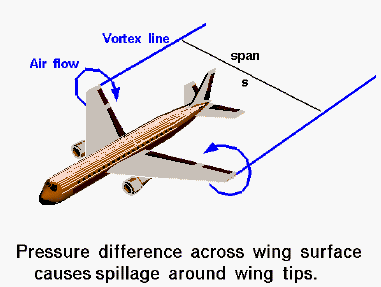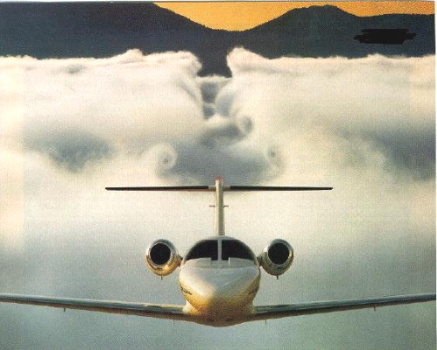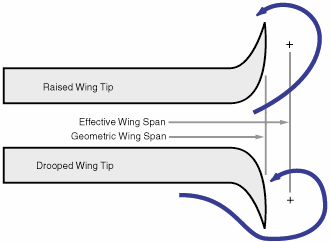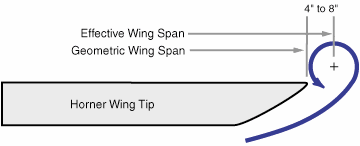- Introduction
- Wing Geometry
- Forces in Flight
- Stability Concepts
- Stall & Spin
Forces in Flight
Gravity, Lift, Thrust and Drag.
Gravity is a force that is always directed toward the centre of the earth. The magnitude of the force depends on the mass of all the aircraft parts. The gravity is also called weight and is distributed throughout the aircraft. But we can think of it as collected and acting through a single point called the centre of gravity. In flight, the aircraft rotates about its centre of gravity, but the direction of the weight force always remains toward the centre of the earth.
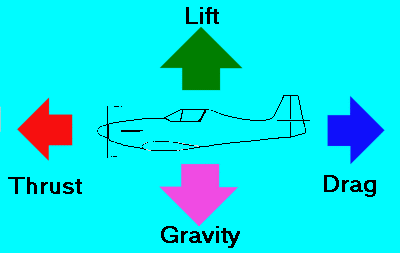
Lift is the force generated in order to overcome the weight, which makes the aircraft fly. This force is obtained by the motion of the aircraft through the air.
Factors that affect lift:
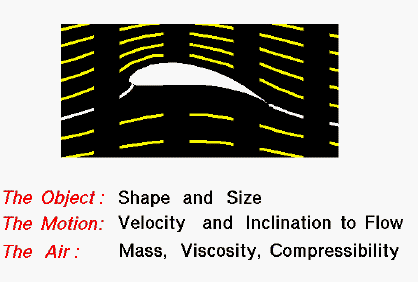
Thrust is the force generated by some kind of propulsion system. The magnitude of the thrust depends on many factors associated with the propulsion system used:
- type of engine
- number of engines
- throttle setting
- speed
The direction of the force depends on how the engines are attached to
the aircraft.
The glider, however, has no engine to generate thrust. It uses the potential energy difference from a higher altitude to a lower altitude to produce kinetic energy, which means velocity. Gliders are always descending relative to the air in which they are flying.
Drag is the aerodynamic force that opposes an aircraft's motion through the air. Drag is generated by every part of the aircraft (even the engines).
There are several sources of drag:
One of them is the skin friction between the molecules of the air and the surface of the aircraft. The skin friction causes the air near the wing's surface to slow down.
This slowed down layer of air is called the boundary layer. The boundary layer builds up thicker when moving from the front of the airfoil toward the wing trailing edge. Another factor is called the Reynolds effect, which means that the slower we fly, the thicker the boundary layer becomes.
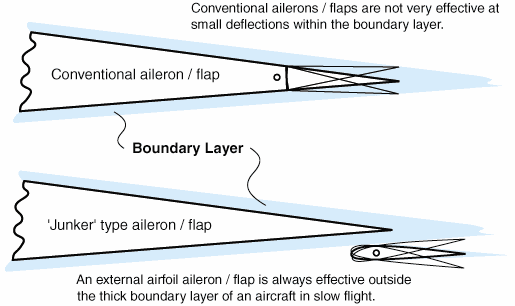
Form drag is another source of drag. This one depends on the shape of the aircraft. As the air flows around the surfaces, the local velocity and pressure changes. The component of the aerodynamic force on the wings that is opposed to the motion is the wing's drag, while the component perpendicular to the motion is the wing's lift.
Both the lift and drag force act through the centre of pressure of the wing.
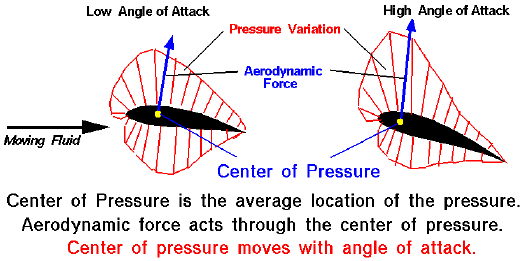
Induced drag is a further sort of drag caused by the wing's generation of lift. This drag occurs because the flow near the wing tips is distorted as a result of the pressure difference between the top and the bottom of the wing, which results in swirling vortices being formed at the wing tips. The induced drag is an indication of the amount of energy lost to the tip vortices. The swirling vortices cause downwash near the wing tips, which reduces the overall lift coefficient of the wing. The magnitude of induced drag depends on the amount of lift being generated by the wing and on the wing geometry.
Long wing with a small chord (high aspect ratio) has low induced drag, whereas a short wing with a large chord has high-induced drag.
The picture below shows the downwash caused by an aircraft.
The Cessna Citation has just flown through a cloud. The downwash from the wing has pushed a trough into the cloud deck. The swirling flow from the tip vortices is also evident.
In order to minimise tip vortices some aircraft designers design a special shape for the wing tips. With drooped or raised wing tips, the vortex is forced further out.
However this method causes an increase in weight since they need to be added to the wing tip.
An easier and lighter method is by cutting the wing tip at 45-degrees. With a small radius at the bottom and a relatively sharp top corner, the air from the secondary flow travels around the rounded bottom but can't go around the sharp top corner and is pushed outward.
There's also the Interference drag, which is generated by the mixing of streamlines between one or more components, it accounts for 5 to 10% of the drag on an airplane. It my be reduced by proper fairing and filleting which allows the streamlines to meet gradually rather than abruptly.
All drag that is not associated with the production of lift is defined as Parasite drag.

